Drosera riparia - CarniDr158
Drosera riparia - CarniDr158
Drosera riparia is a real must for all plant enthusiastics. Additional information about Drosera derbyensis will become available later.
Currently not in stock
€ 12,00
Keep me up to date?
Araflora will inform you as soon as the product is available again. Please fill in your e-mail address and we will let you know as soon as the product is back in stock. You will get an e-mail message when the product is available again. Unfortunately we cannot say how long this will be or what the price is likely to be.

Receive an e-mail when new stock of this plant arrives.
Share this plant? Press on one of the following icons.
Sorry, no additonal information on this Araflora plant. Additional information about this plant will become available later. The symbols below will give you some indications for this plant. We are working hard on adding valuable information as soon as possible.

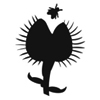


No plantcare information of Araflora available. The plantcare symbols below will give you an indication about the product. We hope to have text available soon.
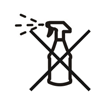
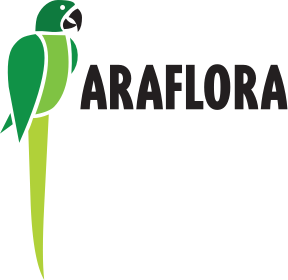



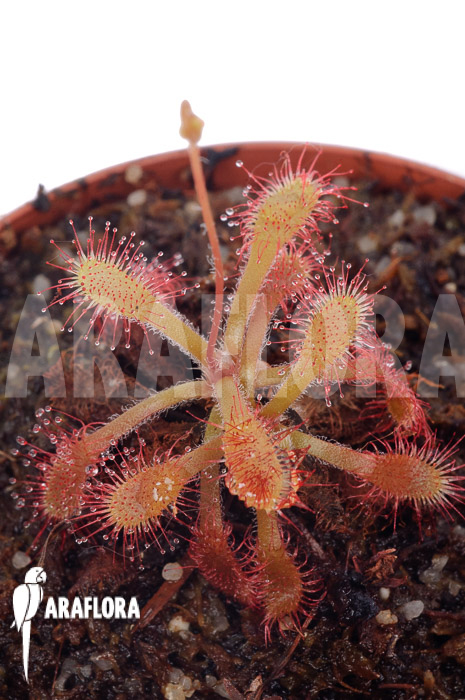
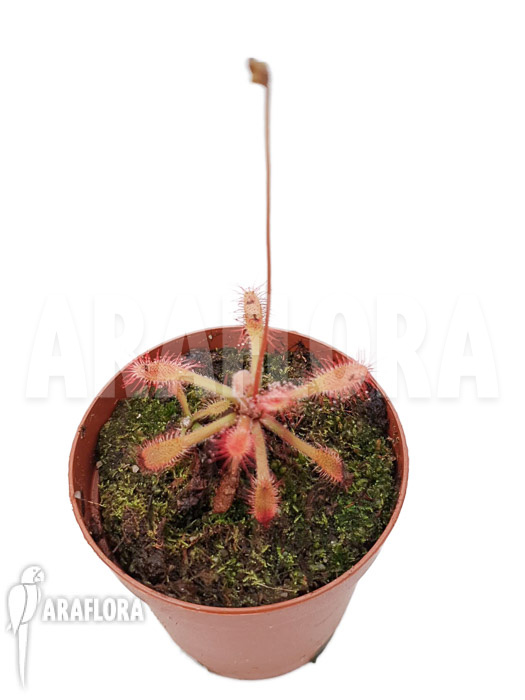
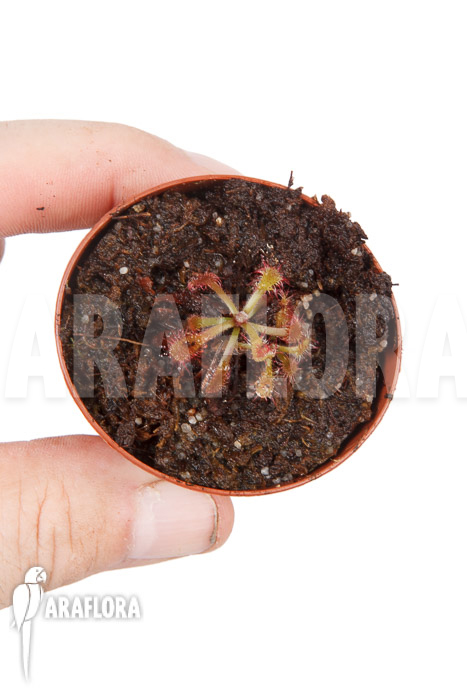
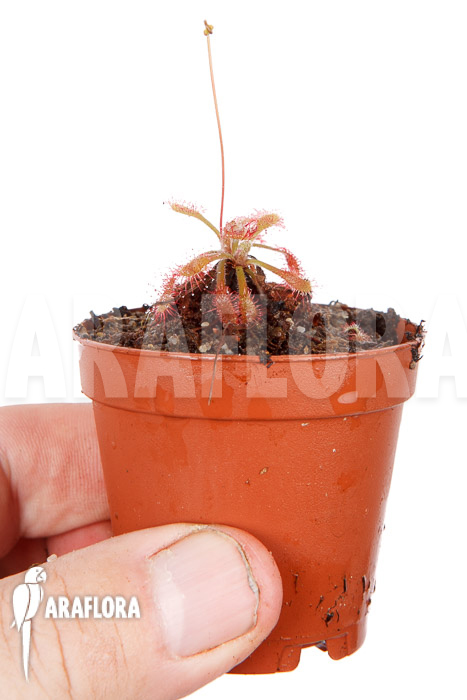
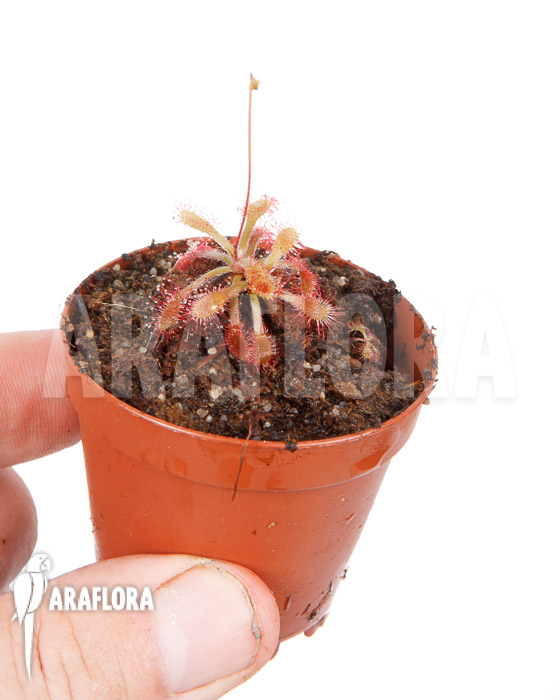
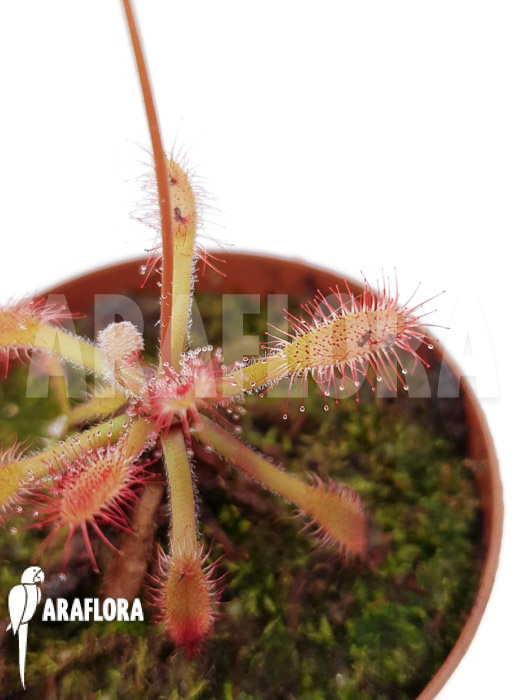
 3 cm
3 cm
 4 cm
4 cm












